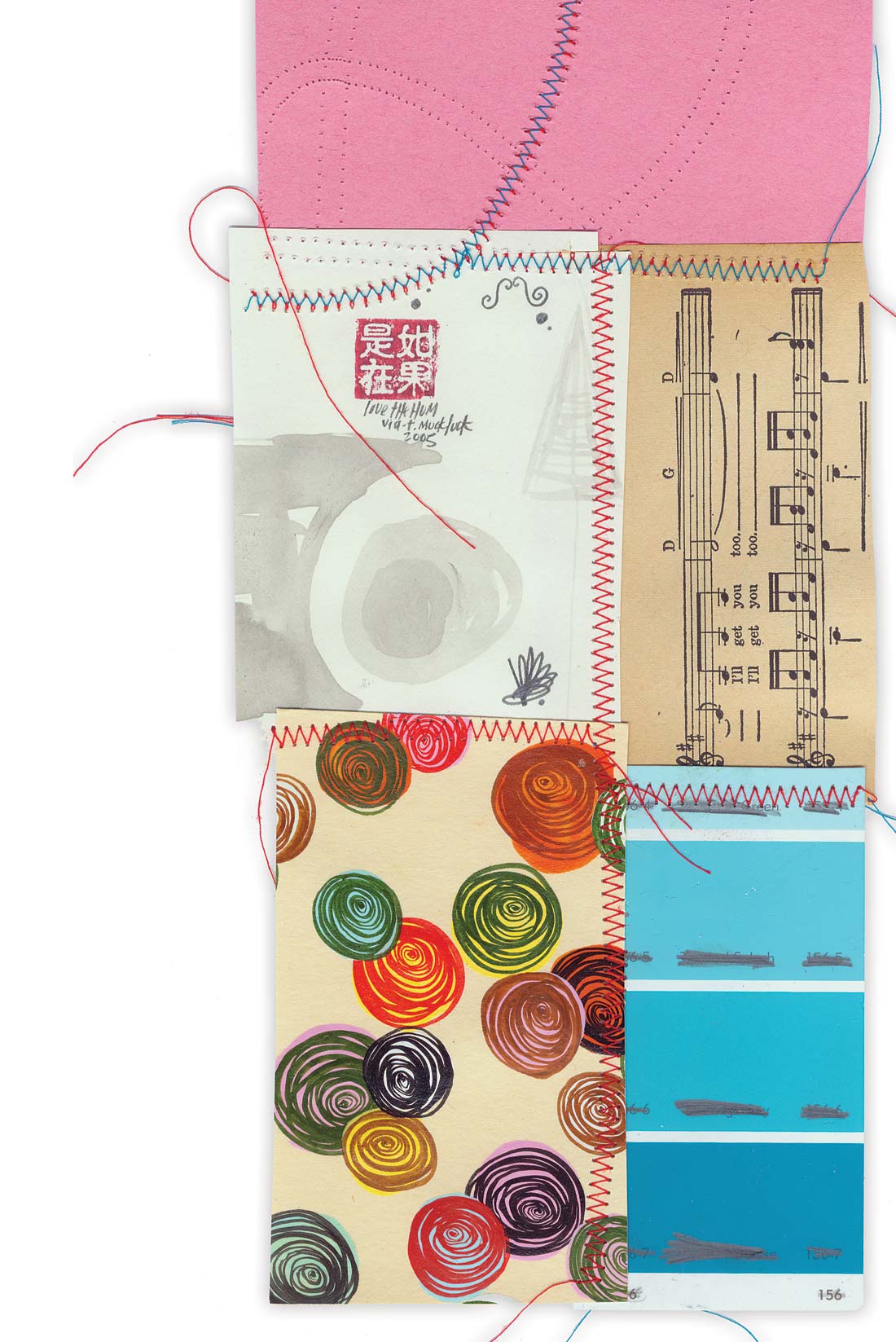My wants and needs in an audio interface today are very specific. I work solo 90% of the time, so I rarely ever need more than two analog inputs; these have to be XLR with phantom power. I want as small a device footprint as possible since space in my recording den is pitifully small. I like quick connectivity and dislike wrestling with PCI card installations (which will become even more paramount since I'm building a new small form-factor PC); a FireWire 400 interface is just the ticket in such situations. I want a simple control-panel applet that doesn't take up too much room on my monitor. At least one MIDI port is required. And I want hardware-based volume control over both main monitors and headphones.
I'm pleased to say Focusrite's Saffire has delivered on all of my basic requirements and even added a few niceties that will no doubt make it quite a compelling buy for others. This includes highly flexible output routing and excellent quality DSP plug-ins for compression, EQ, guitar amp simulation, and reverb. Of particular note is the fold-back routing for the reverb which is a nice feature for cutting vocal tracks. The Saffire stands vertically and its front panel is very logically laid-out and easy to read. Construction quality looks and feels solid. Installation was a 5-minute affair, and a review of the quick start guide had me laying down a vocal track within 15 minutes.
One particularly nice feature of Saffire's software control panel is its ability to "float" or "dock" so it's always in the foreground. Even though it is already compact in fully-open mode, you can also display it in a minimized state. I mention these two attributes because after using control panels for many other devices, I'm happy that Saffire's software has addressed two pet peeves of mine: the constant back-and- forth focus behavior between the control panel and the recording application, and panels that can float but are fixed in size and simply take up too much monitor real estate.
I have no plans at the moment for mixing for anything other than stereo output, but the Saffire provides eight outputs for mixing up to 7.1 format. As mentioned earlier, one of its other useful attributes is an extremely flexible output-mixing scheme. You can provide up to three individually-configurable output mixes. This became particularly useful when I had a friend come over to play upright bass as a live accompaniment. We used both of the two headphone outs and we both had a monitor mix tailored to our liking.
Now that I've made a case for why the Saffire fits me perfectly, who else might I envision as suited to its capabilities? One clear example would be the podcaster looking for an elegant, all-in-one solution. The FireWire interface provides ease of connectivity as well as portability. The two analog plus S/PDIF inputs will handle a couple of "talking heads" plus background music. The fact that DSP effects can be applied to the analog inputs means no need for outboard compression. The output routing flexibility gives each person a monitor mix tailored to suit.
My only note of caution would be directed to those wanting total portability in a remote location using a laptop computer. As with other FireWire buss-powered devices, unless your laptop has a 6-pin FireWire port, you can't operate the Saffire while on battery power. Focusrite kindly includes an external PSU for those whose laptops only include 4-pin (non-powered) connectors. All in all, the Saffire is an outstanding package-very competitively priced and as easy to work with as it gets. ($499 MSRP; www.focusrite.com)




_disp_horizontal_bw.jpg)